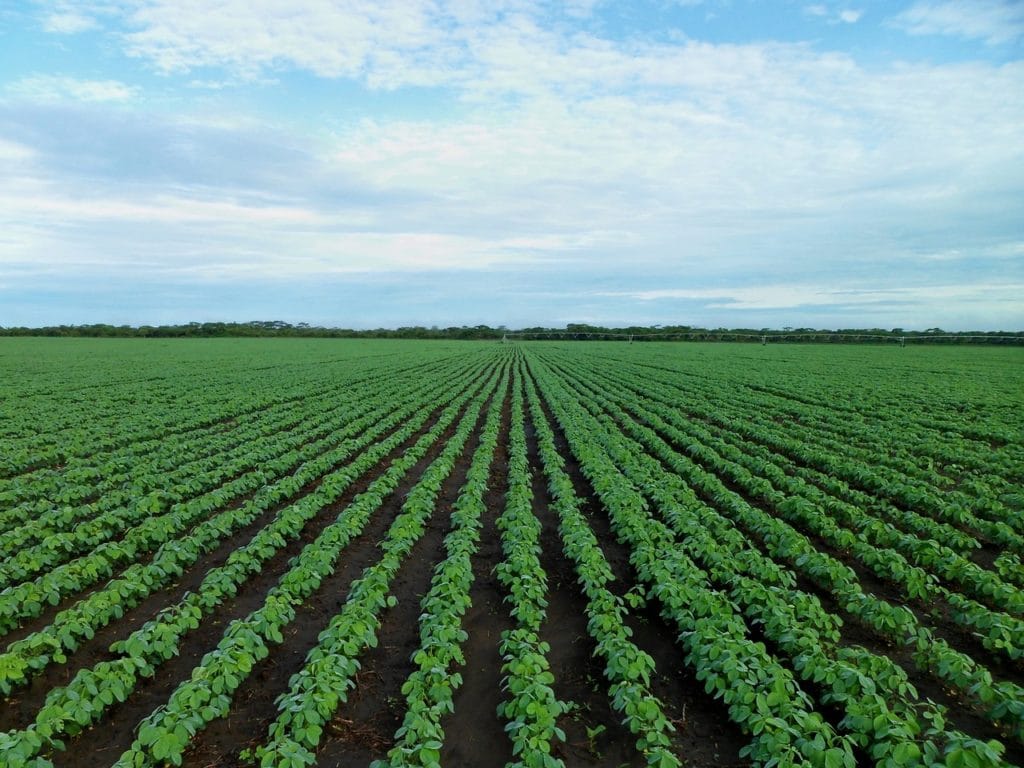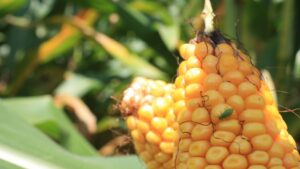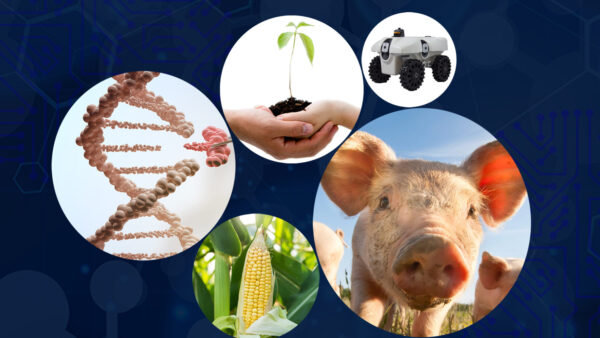Every July, seed corn fields across the United States buzz with activity. The removal of off-types and hand removal of the last remaining tassels from female parent plants are all done the old-fashioned way: A person walks down every row of every seed field. It’s incredibly hard work that puts each laborer up close and personal with the elements of summer.
Years ago, companies depended on employing and deploying scores of rural high school kids. This type of work was second nature to them, since many grew up on farms and were use to being in the elements. For rural baby boomers and Gen Xers, detasseling was a rite of passage that taught discipline, how to work hard and the value of a dollar. Today, that pool of rural, high school labor has all but dried up. Declining rural populations and other factors mean fewer farm kids, of which even fewer are used to manual, agricultural work.
Without access to the so-called “kid crews” of the past, seed corn production companies, including Gro Alliance, rely on migrant farm laborers, typically first-generation Americans or individuals who’ve come to the U.S. on work visas or temporary work permits.
There’s a natural symbiotic relationship, as both depend heavily on the other to meet their goals. Long days in the field are particularly valuable. For the worker, the money earned is critical. Since many are just starting out in the U.S., they are anxious to earn as much as possible by working as many hours as they are able. For seed companies, the manual production steps are critical to seed purity, and it must still be done by hand in a short window of time.
In a typical seed production season, a migrant laborer can make enough money to support his or her immediate family, as well as additional relatives. For them, this job matters.
In fact, at Gro Alliance, many of our field workers have more than a decade of detasseling experience. This is a major benefit to seed purity as that experience and commitment ensures they’ll do the best job possible. In this way, migrant labor is an improvement over kid crews where two to three years experience was the most a company could expect.
With this symbiotic relationship, it’s easy to see how interconnected and important these manual jobs are to both the seed company and the migrant laborer. I urge all reading this to support local and national policies that allow migrant laborers access to this work and allow your local seed companies access to these incredible workers.









